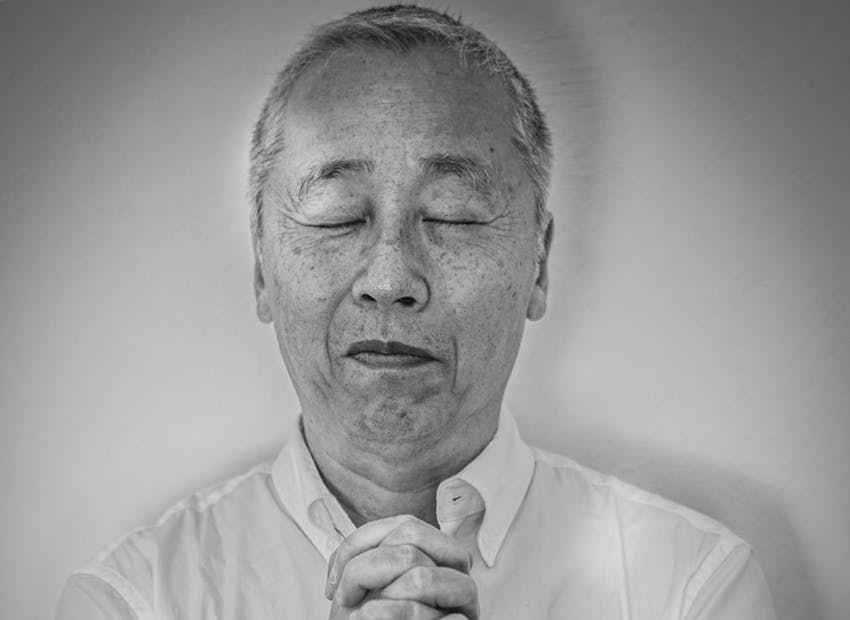Confession of Zero
Zero is an extraordinary number. It is a number that denotes the existence of absence. As soon as humans acquired consciousness, they began to count: one sheep, two sheep, three sheep; one apple, two apples, three apples. And voila, the discovery of natural numbers! (Apparently primitive numbers only went as far as ten, because humans have ten fingers with which to count, hence the decimal system.) Natural numbers were based on our practical sensations of counting. But at some point, the formulation of the concept of zero by an Indian mathematician fundamentally changed human consciousness. High-speed calculations of the 0s and 1s of the binary numeral system underpin the basic principles of the computers that sustain our modern civilization.
The awareness of the existence of absence is related to the Buddhist idea of emptiness, another concept which originated in India. The goal in Buddhism is to train oneself to achieve enlightenment, which can be defined as the ability to see beyond life and death, with consciousness becoming able to sense the source of the life which sustains it.
In this way, zero does not denote a state of sterile emptiness, but a state of emptiness that simultaneously contains the seeds of everything. It is the state from which everything that exists is born and to which everything that exists eventually returns. Zero does not exist in the physical world. It is a dim, uncertain memory buried in our consciousness, because it is where consciousness itself was born.
As an artist, I wanted to give zero a shape. To make zero – which has no physical existence – visible, I decided to craft an object that went right to the very brink of zero. I sought to give physical form to a three-dimensional mathematical function, the equation for which becomes zero at its zenith. I made a mathematical model in two parts, an upper and a lower, of which the upper is suspended in the air. Using stainless steel, I was able to craft a shape that tapers to a point just 0.8 millimeters wide. The zero point is found about one centimeter beyond that.
It definitely exists and its position can be shown; it just happens to be invisible.
The realm of zero lies in that narrow interstice where the two points confront one another here in this eighteenth-century chapel at Ama, where the mathematical model has taken up its discreet residence. I invite you to carefully examine that invisible point, for in it can be found the mystery of existence.
Hiroshi Sugimoto
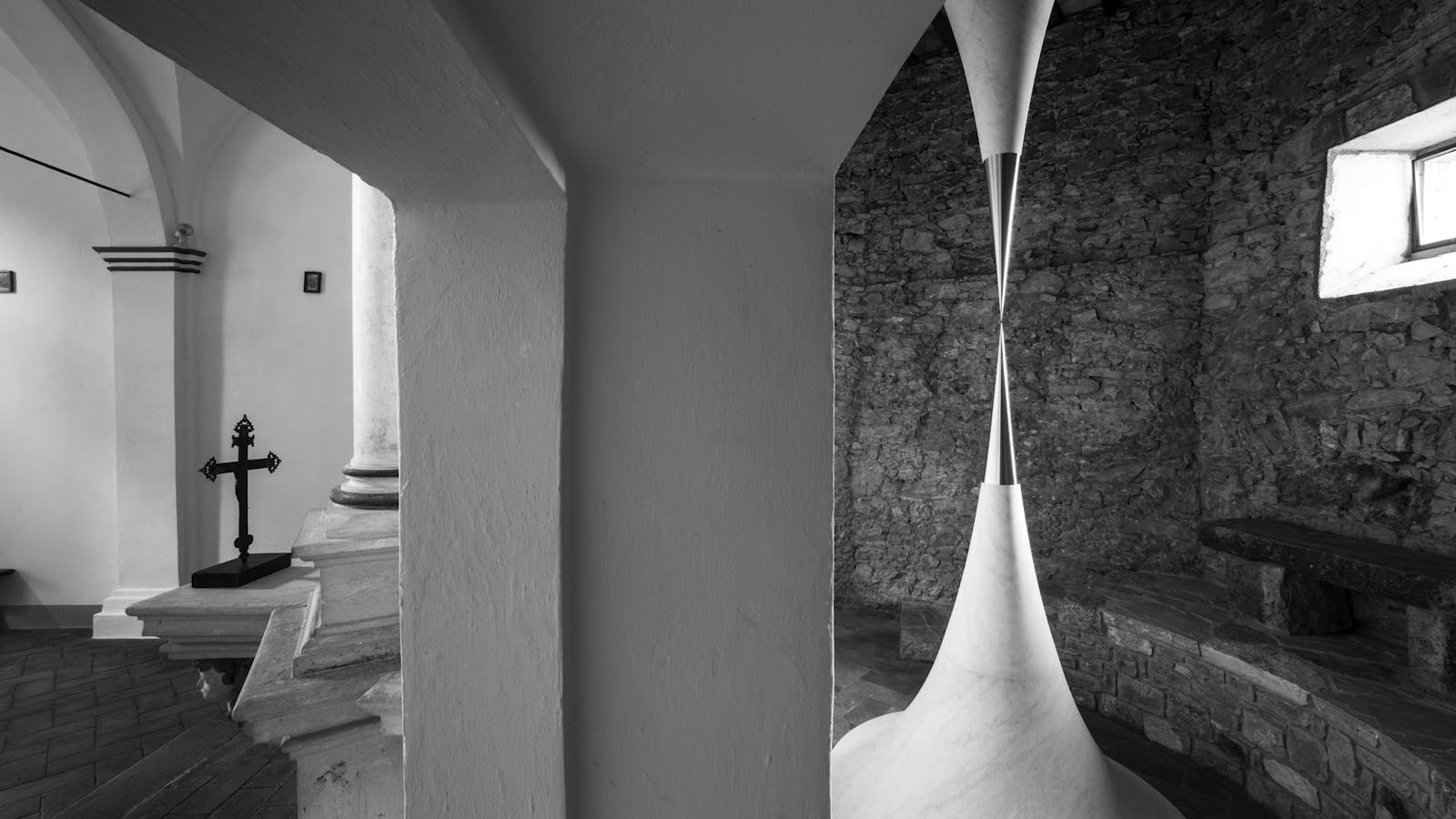
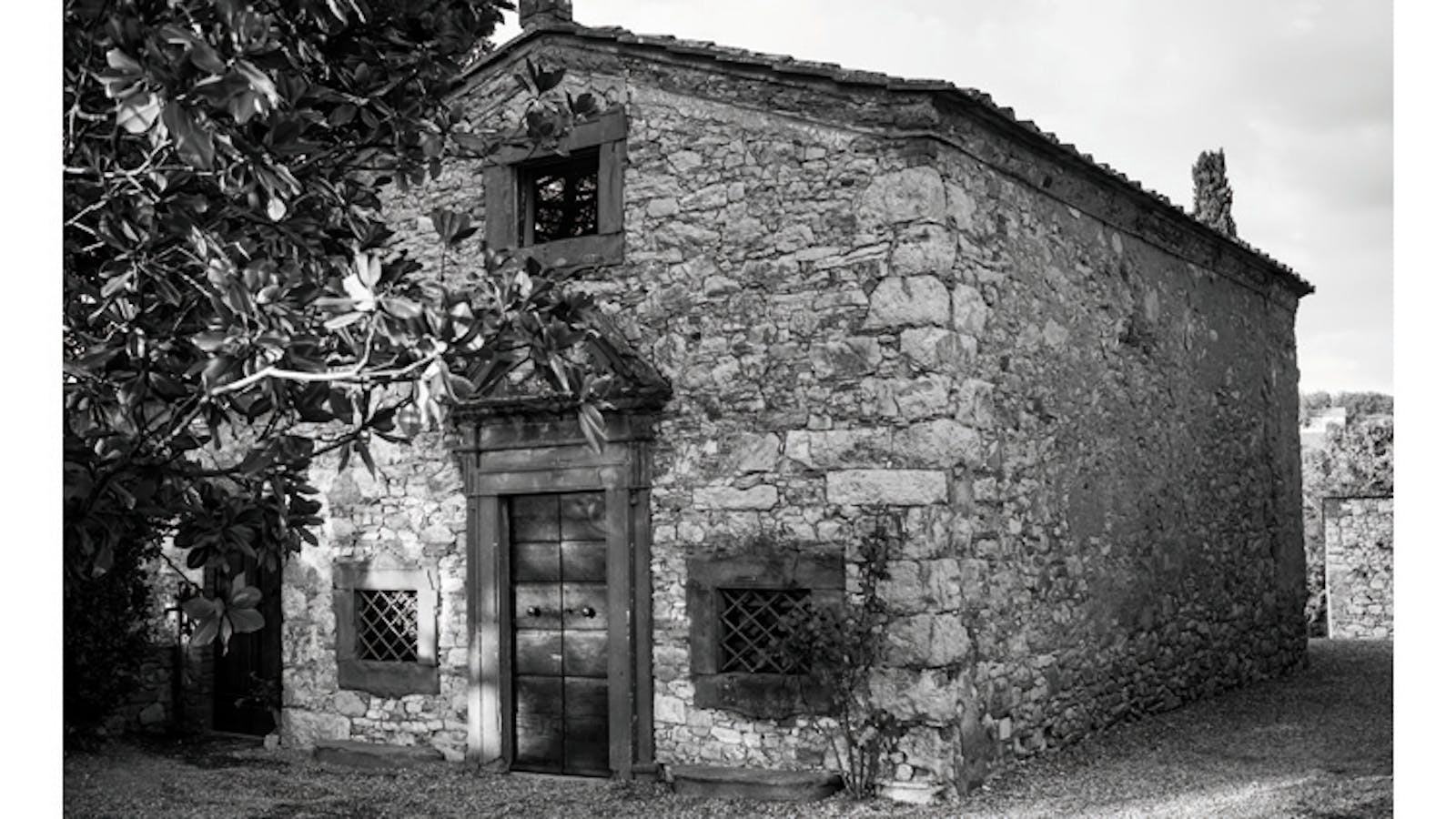
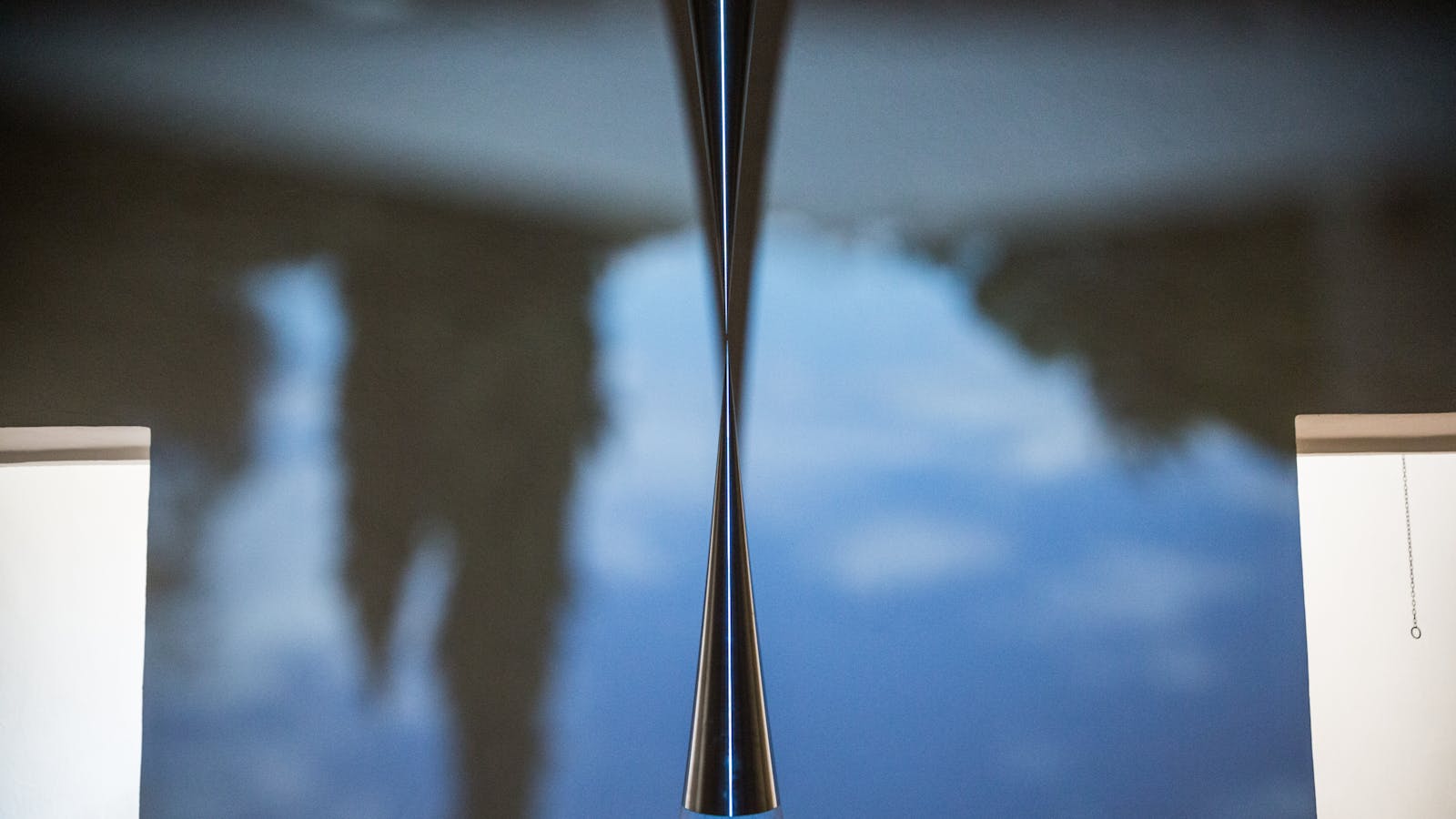
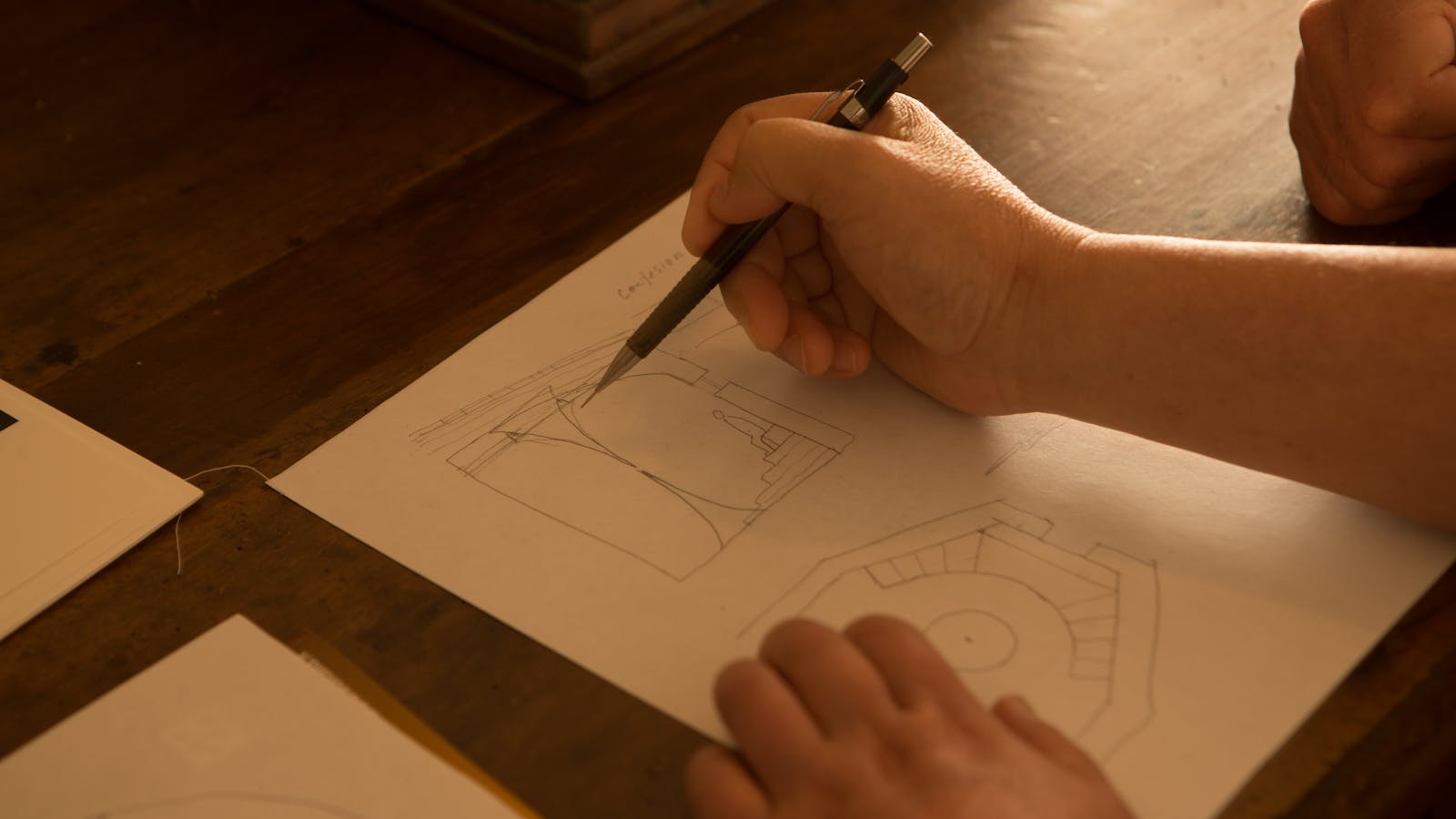
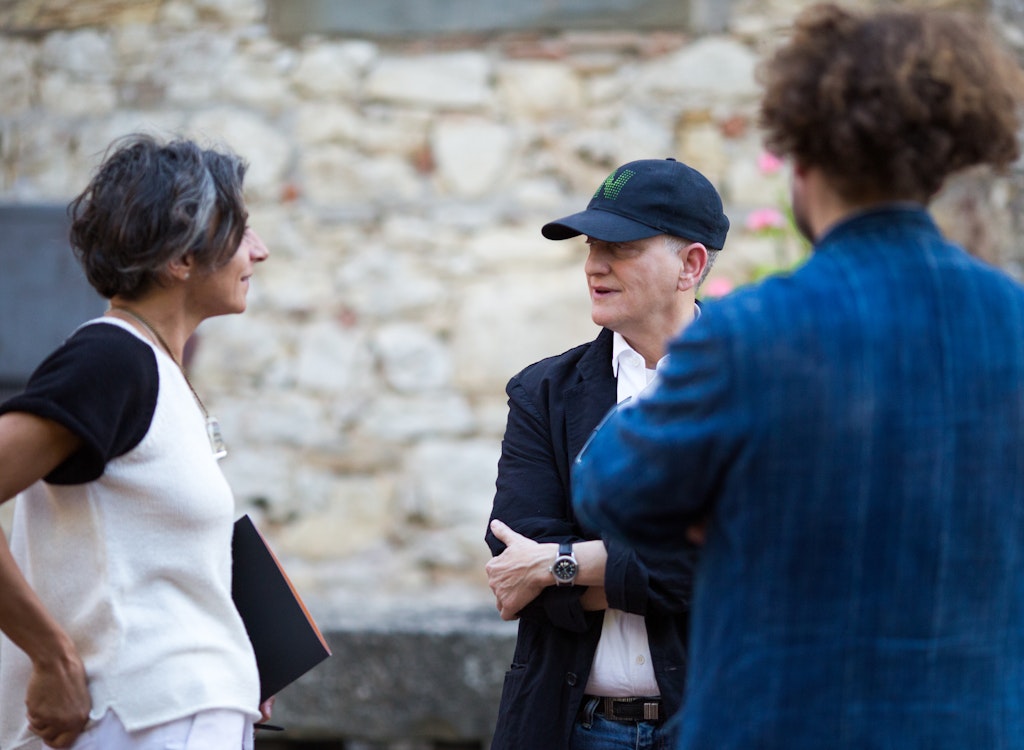
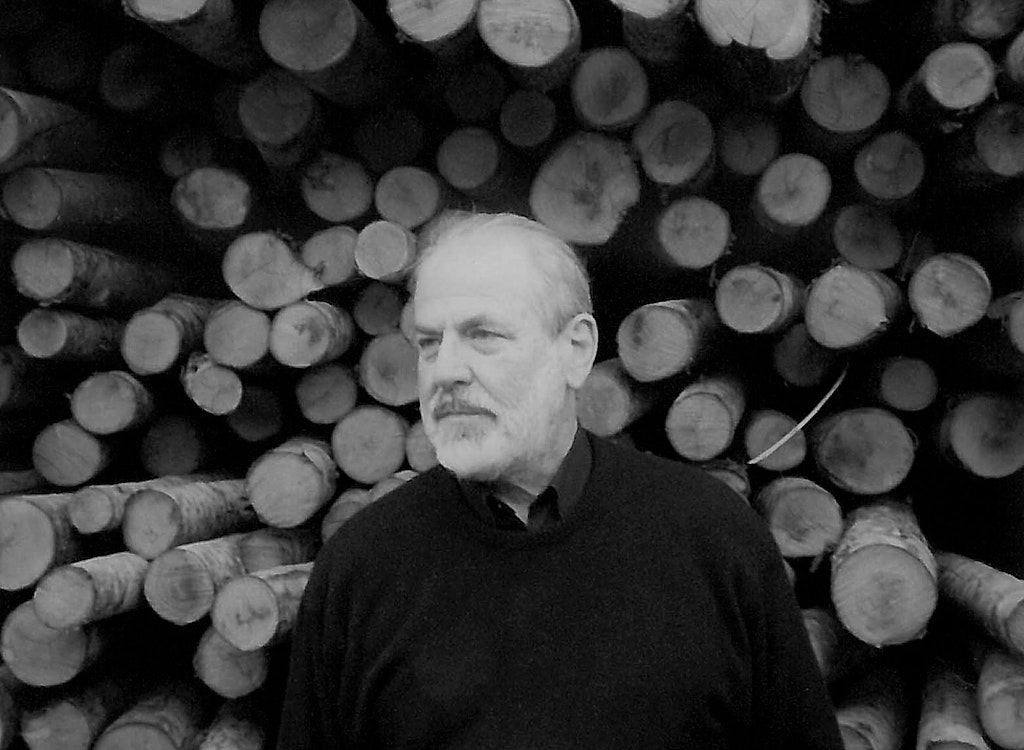 Michelangelo Pistoletto
Michelangelo Pistoletto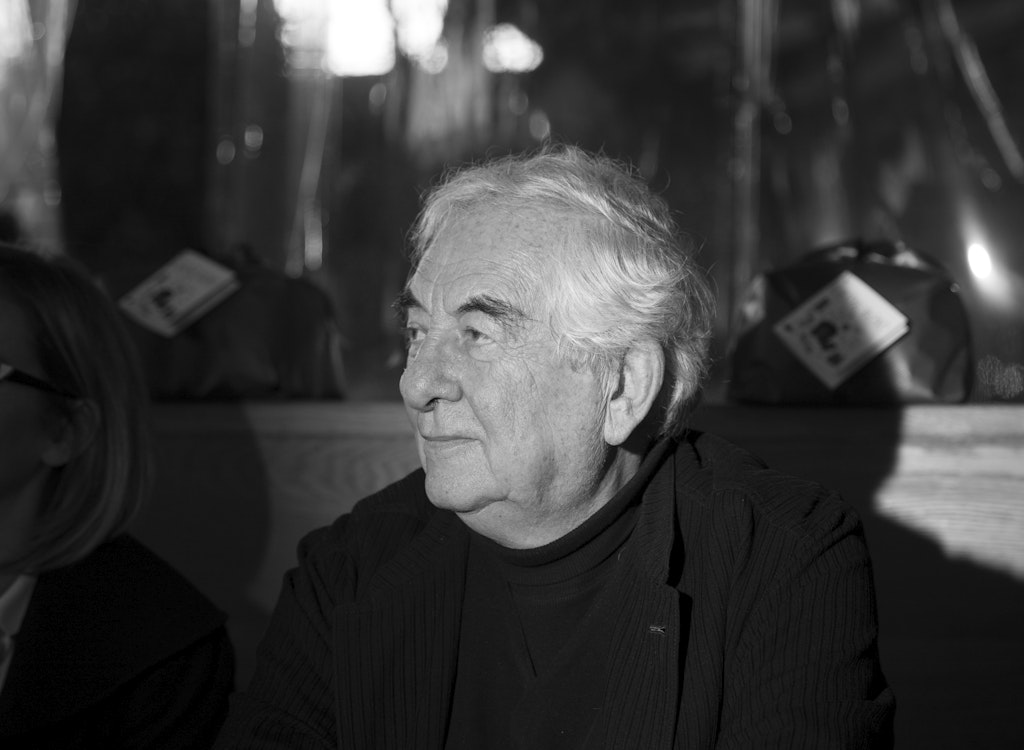 Daniel Buren
Daniel Buren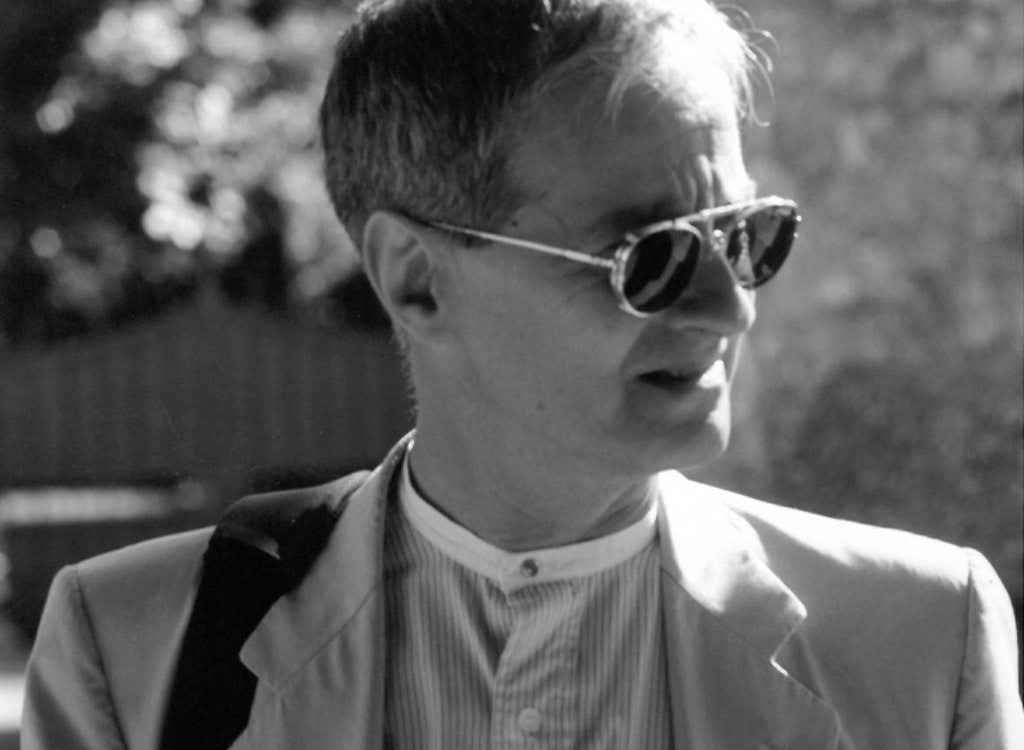 Giulio Paolini
Giulio Paolini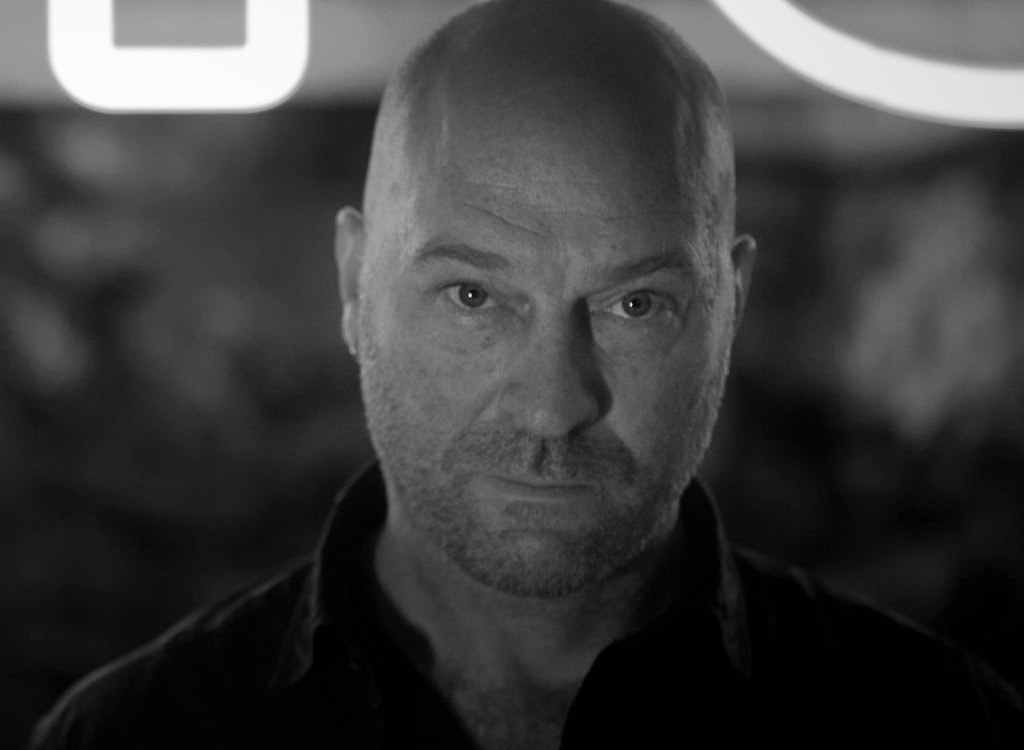 Kendell Geers
Kendell Geers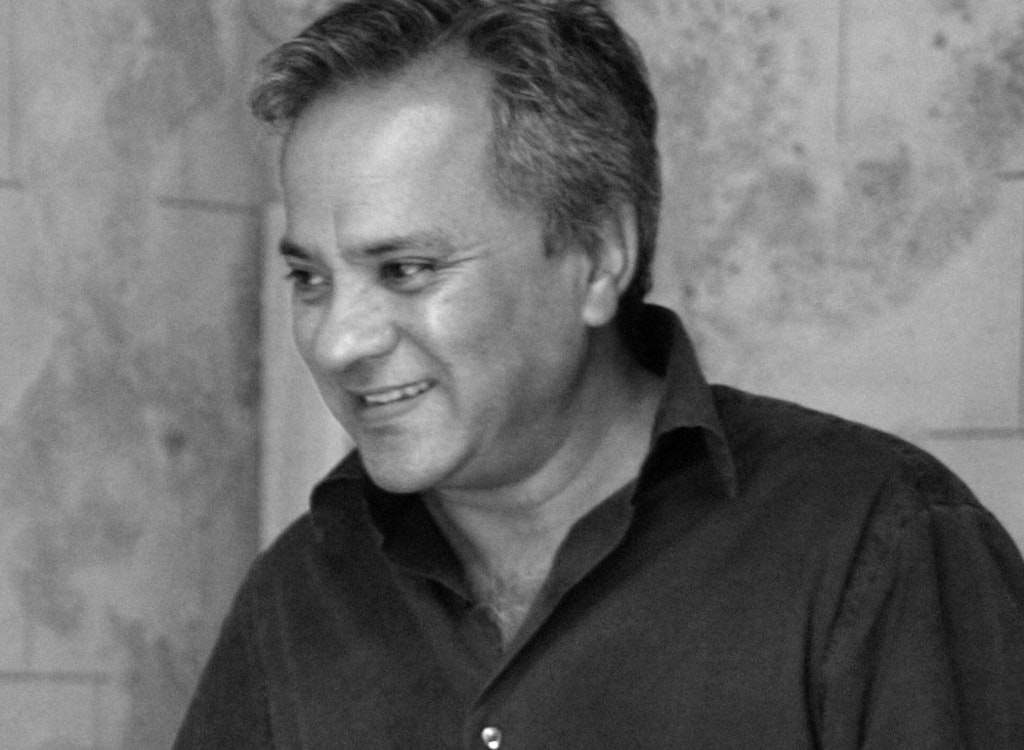 Anish Kapoor
Anish Kapoor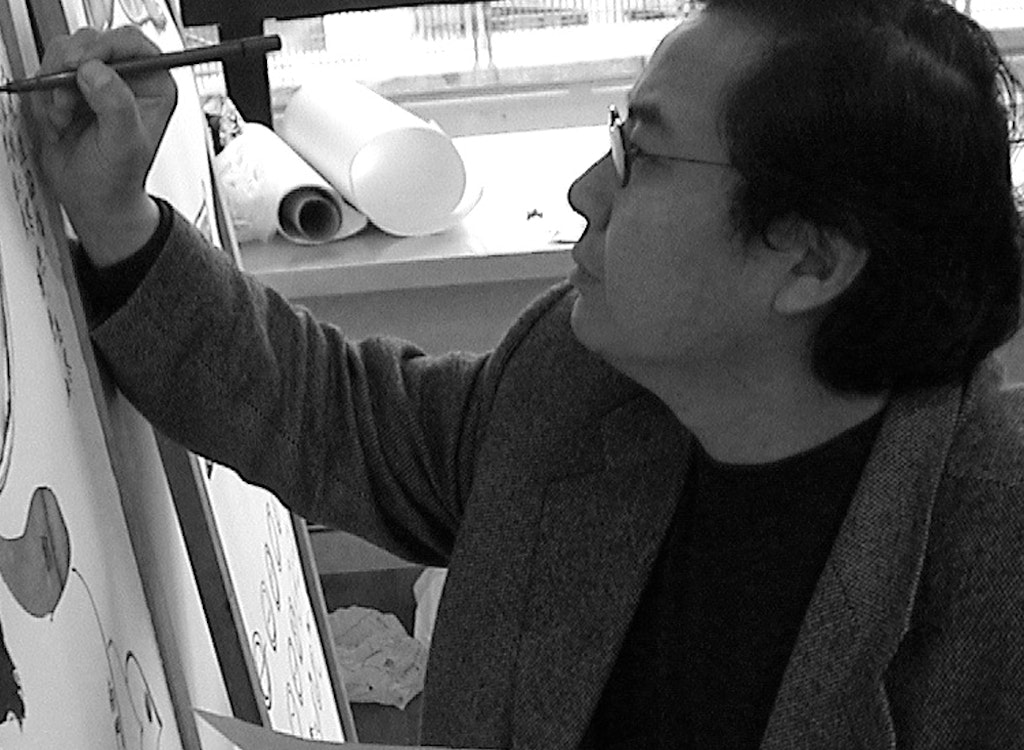 Chen Zhen
Chen Zhen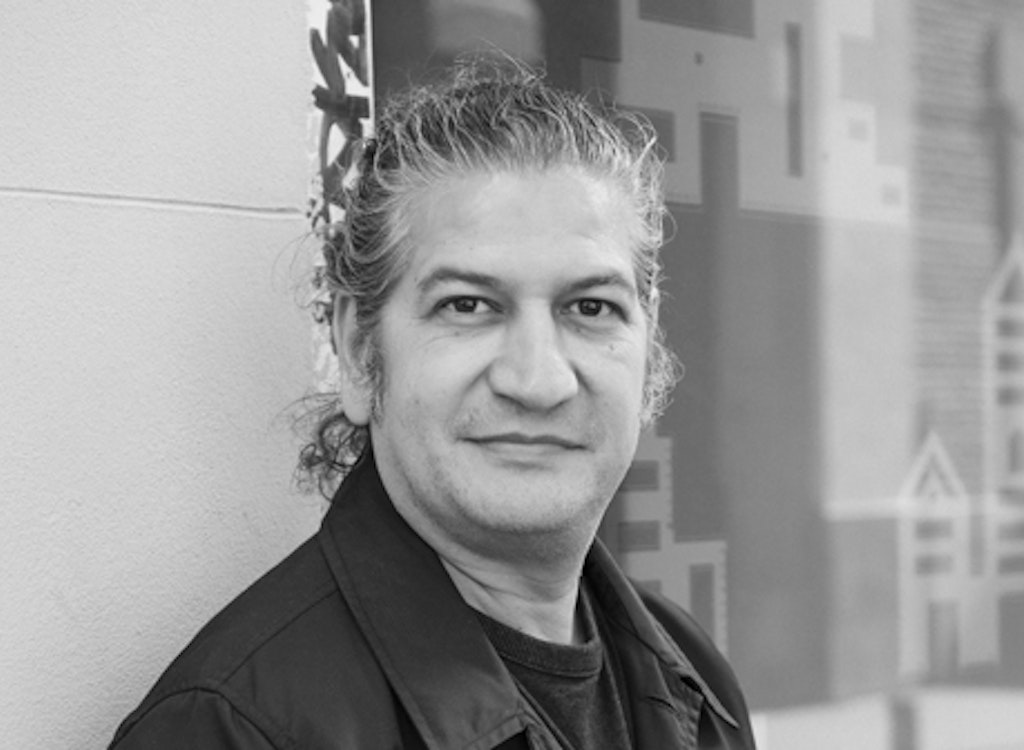 Carlos Garaicoa
Carlos Garaicoa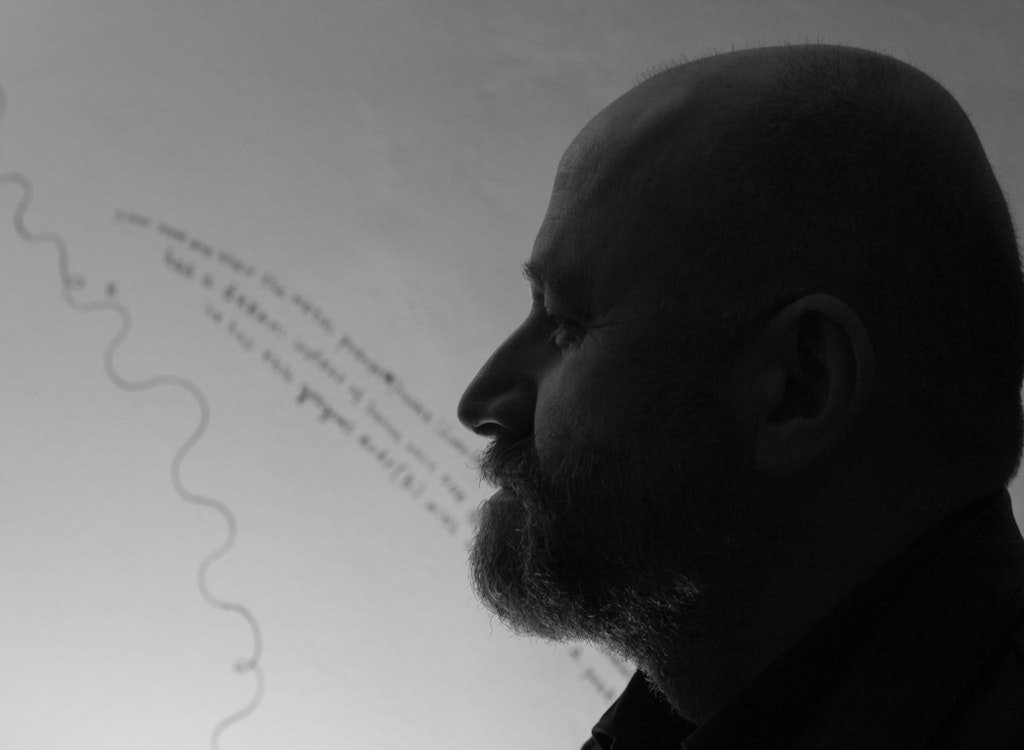 Nedko Solakov
Nedko Solakov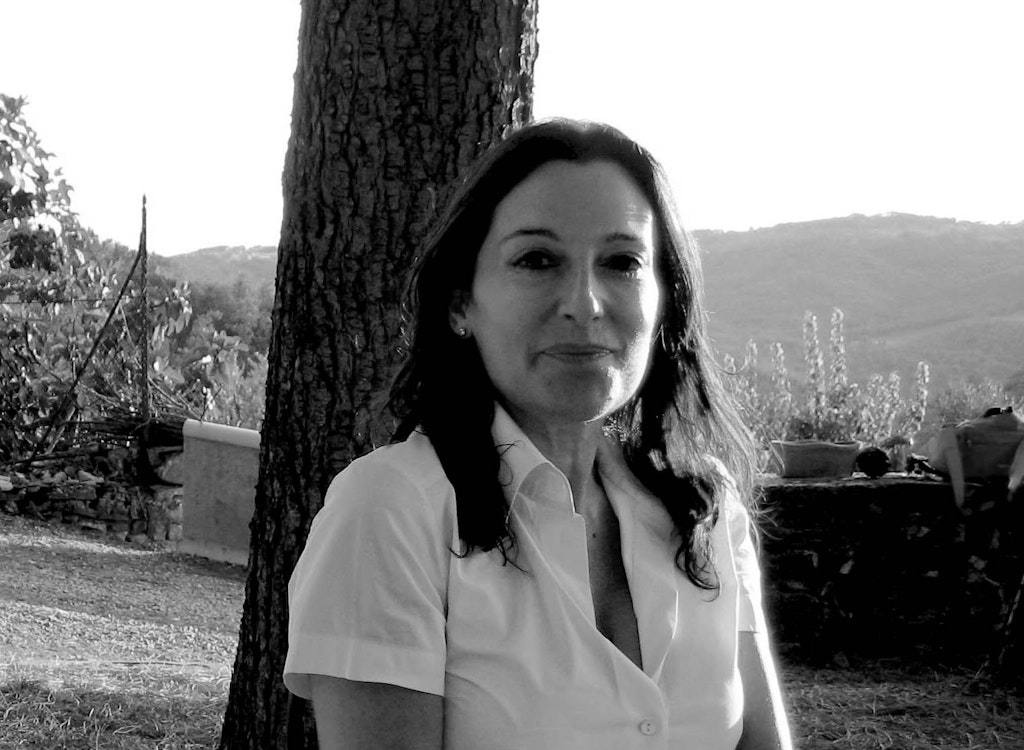 Cristina Iglesias
Cristina Iglesias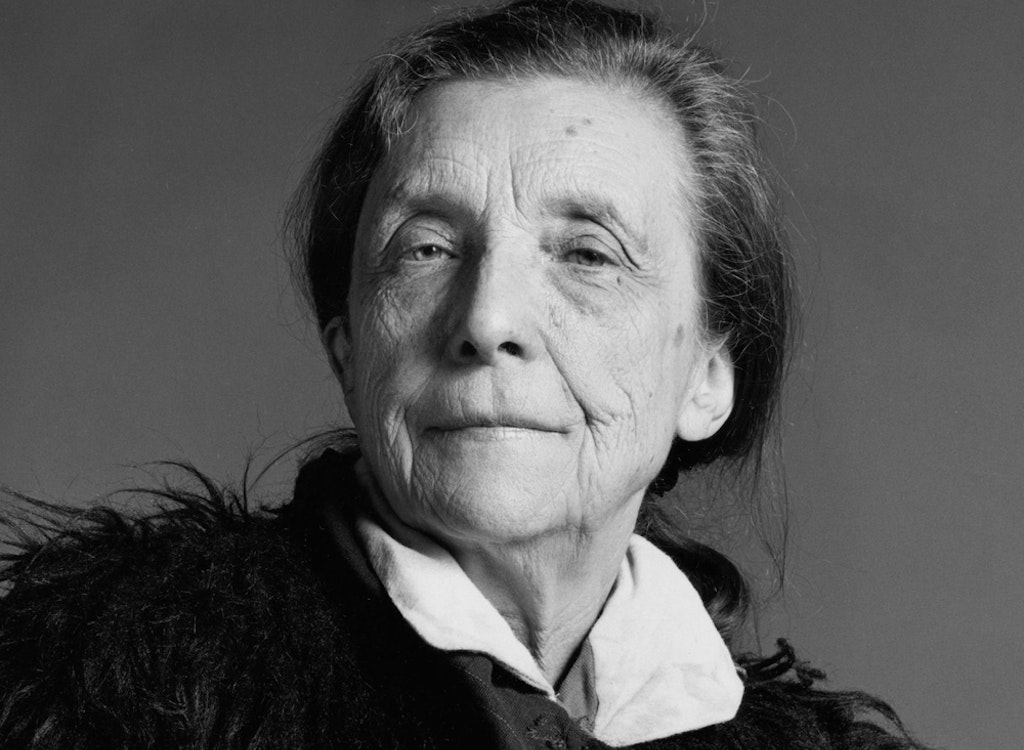 Louise Bourgeois
Louise Bourgeois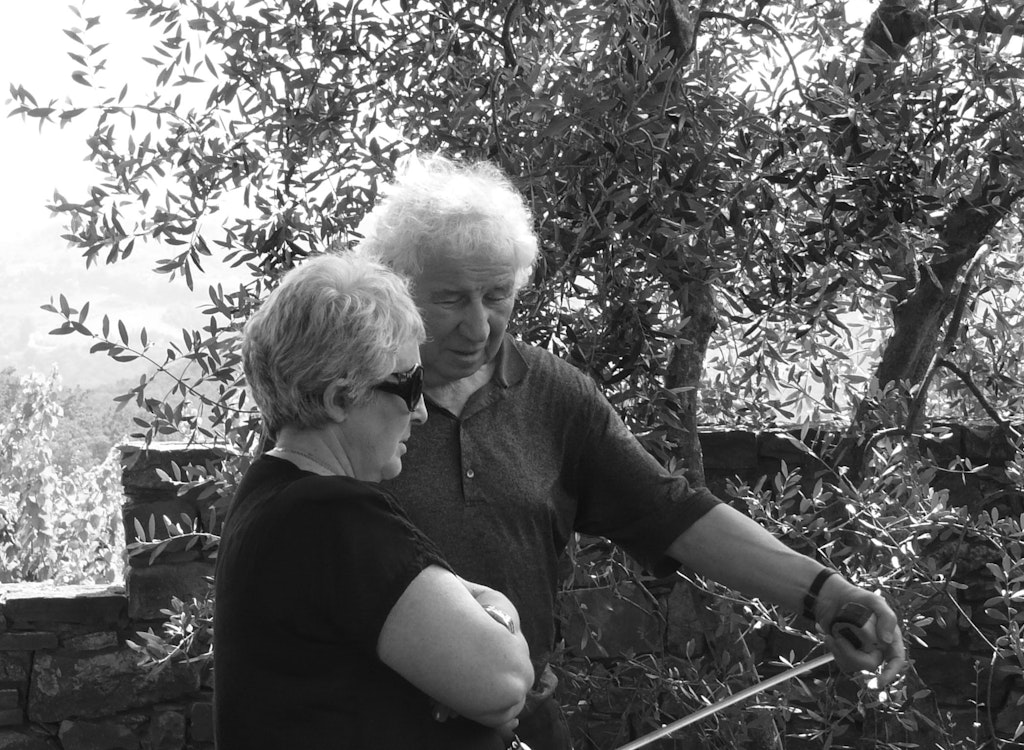 Ilya & Emilia Kabakov
Ilya & Emilia Kabakov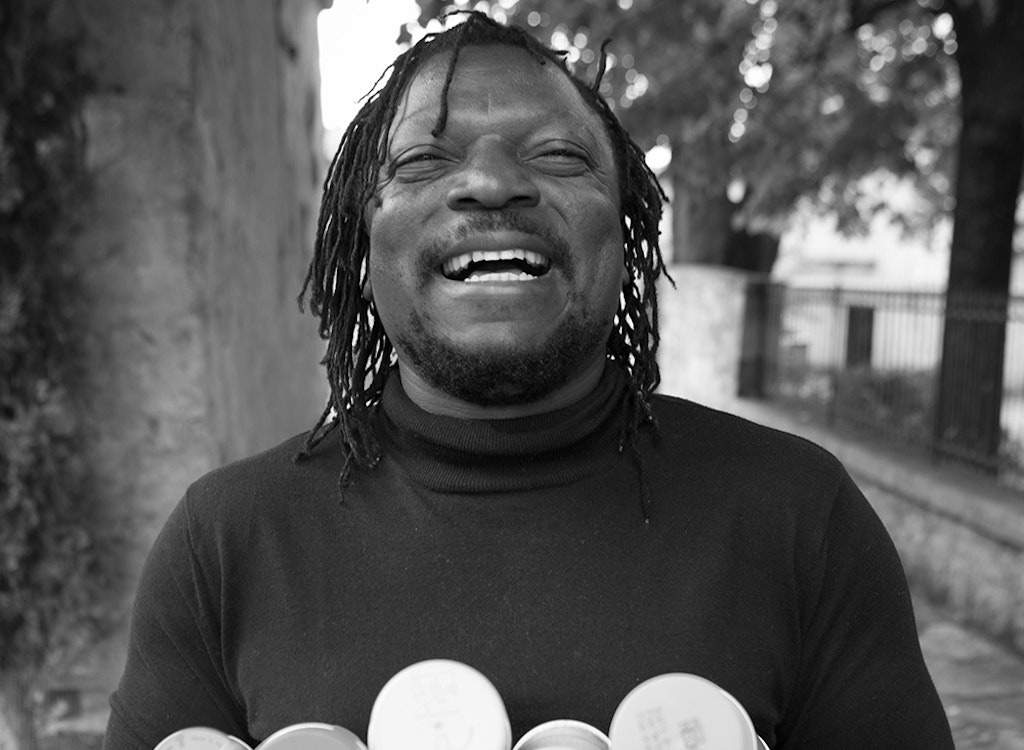 Pascale Marthine Tayou
Pascale Marthine Tayou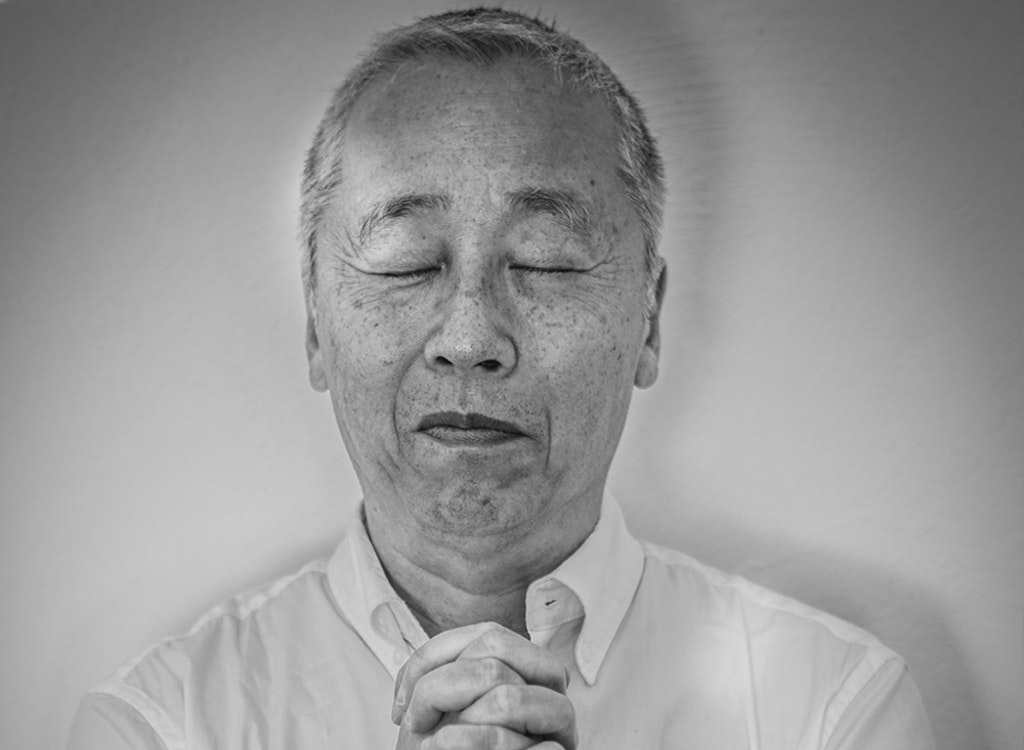 Hiroshi Sugimoto
Hiroshi Sugimoto Lee Ufan
Lee Ufan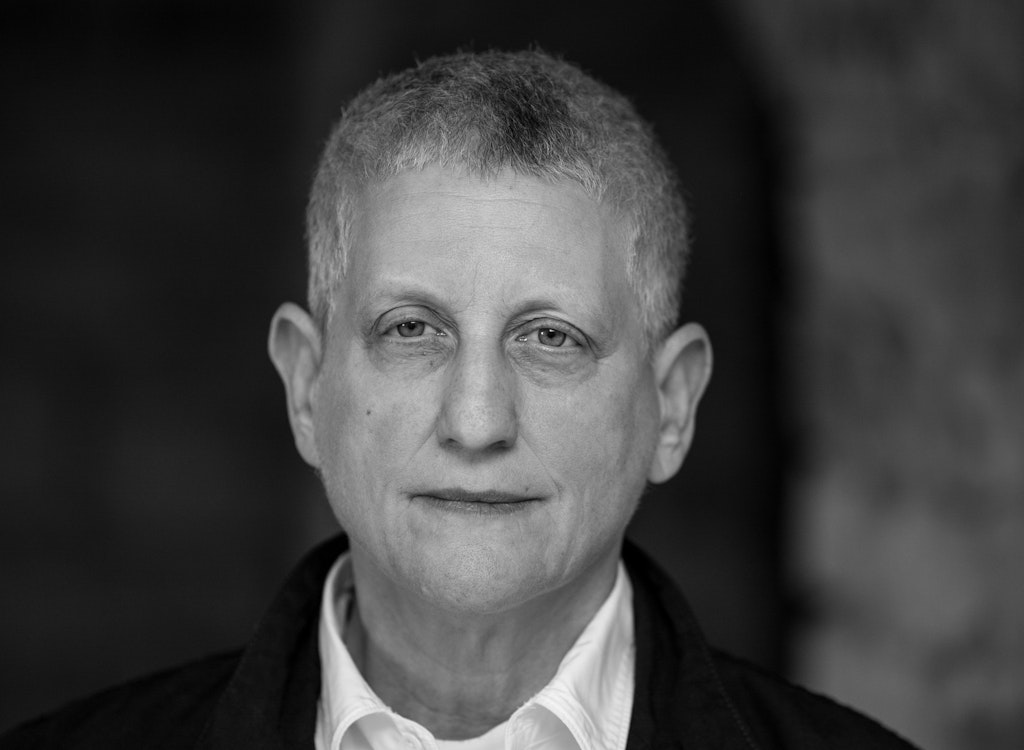 Roni Horn
Roni Horn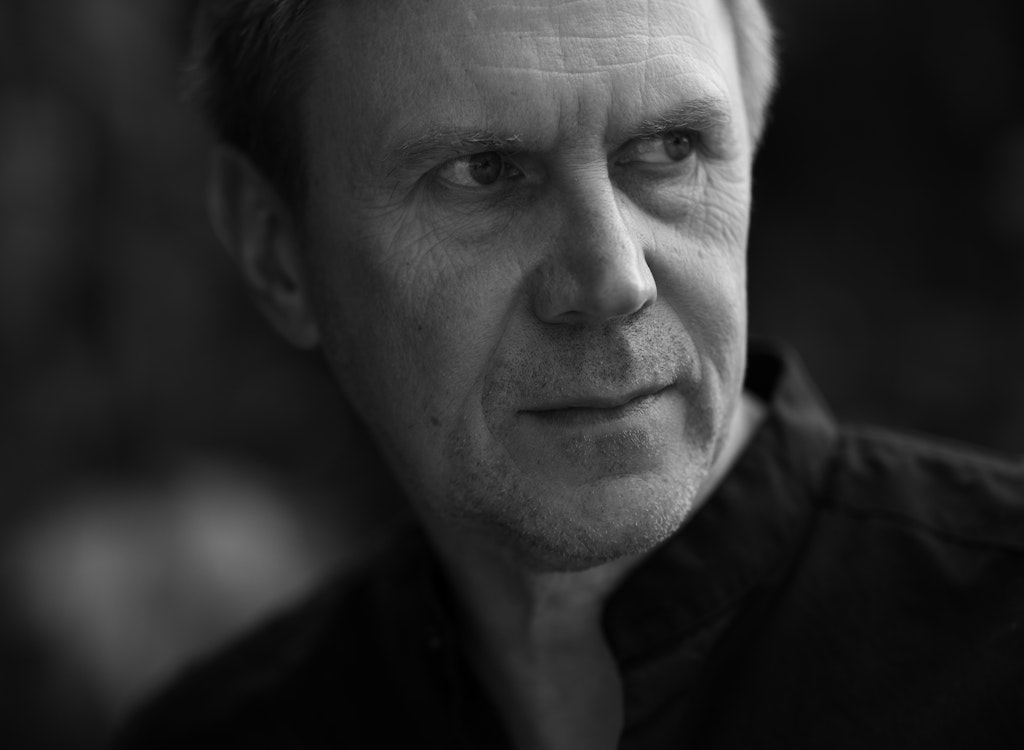 Mirosław Bałka
Mirosław Bałka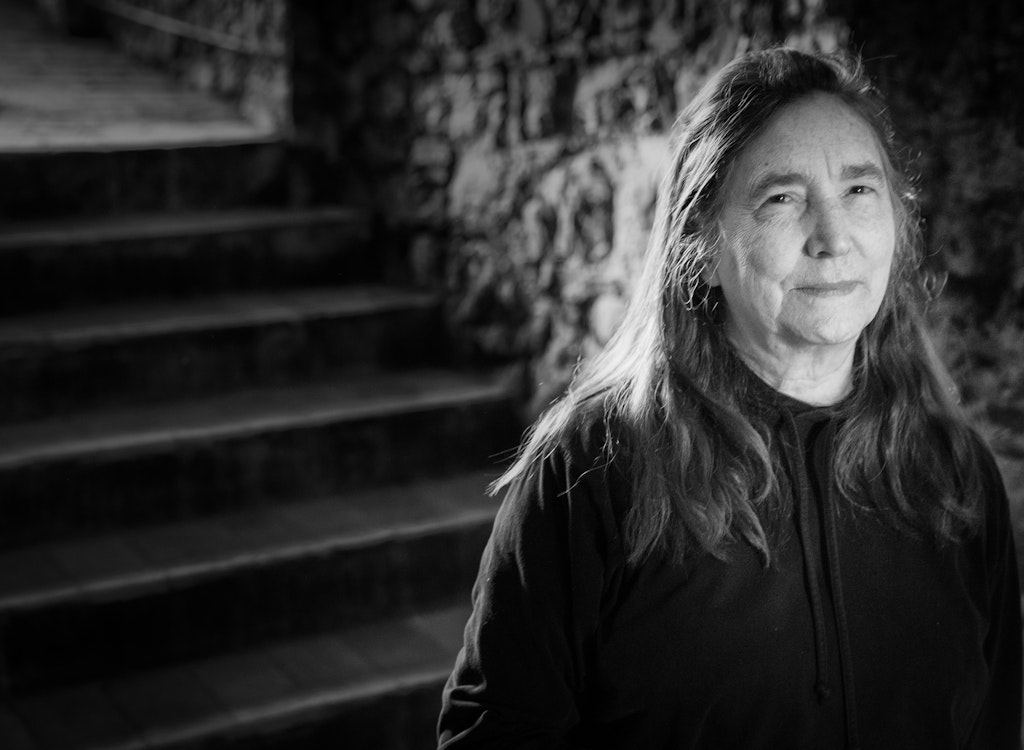 Jenny Holzer
Jenny Holzer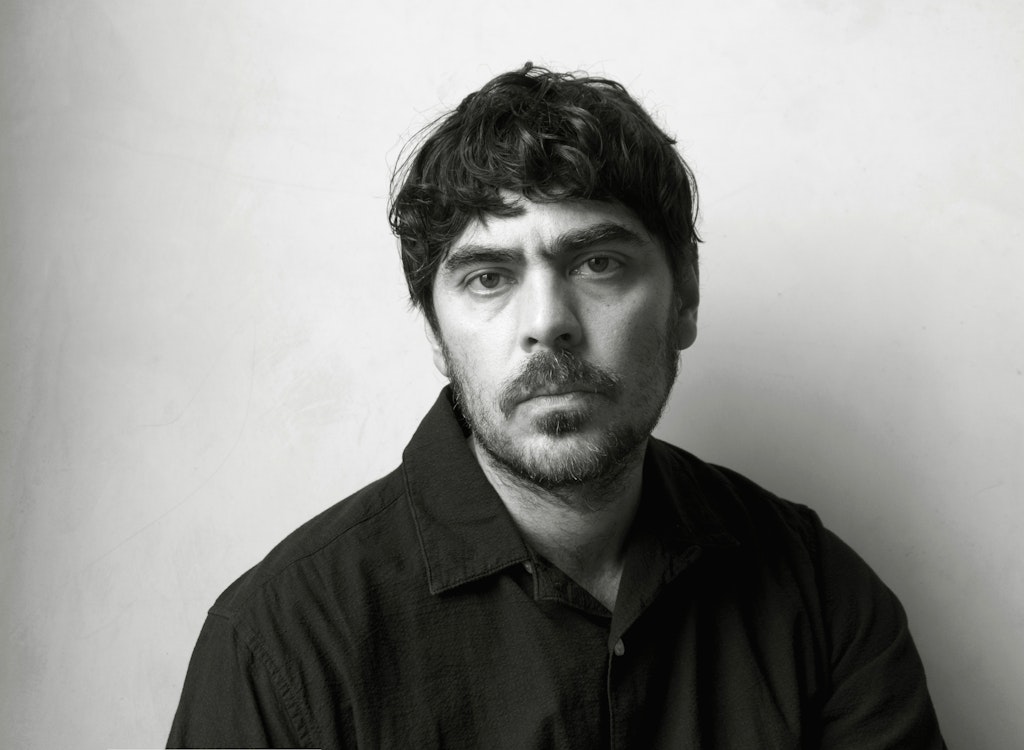 Giorgio Andreotta Calò
Giorgio Andreotta Calò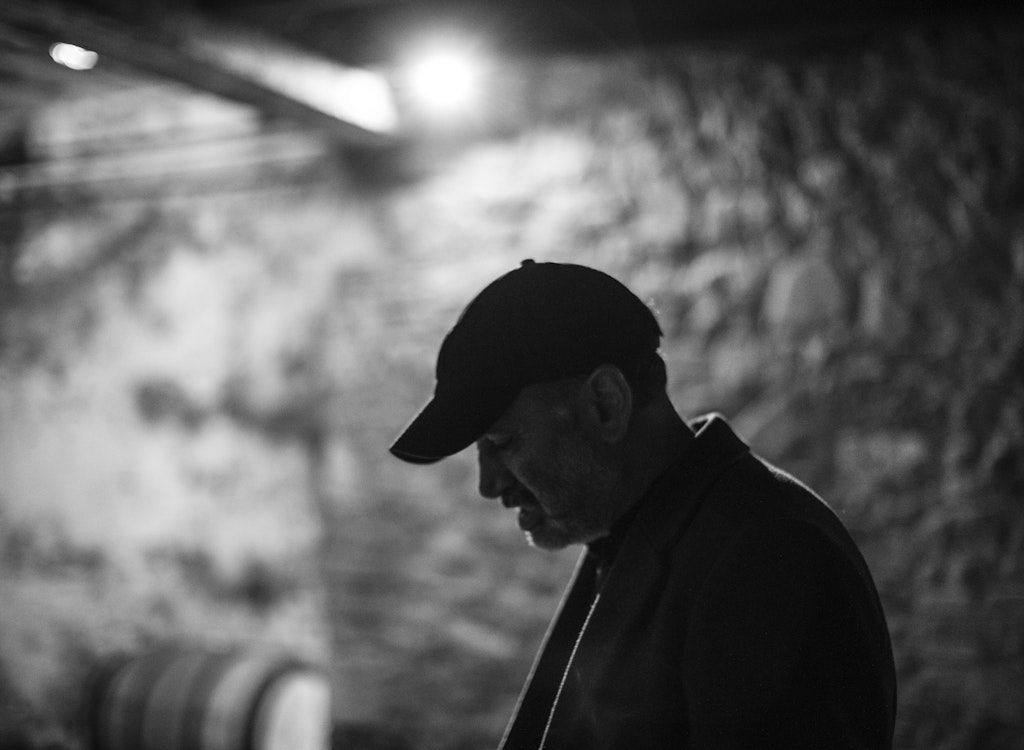 Bosco Sodi
Bosco Sodi